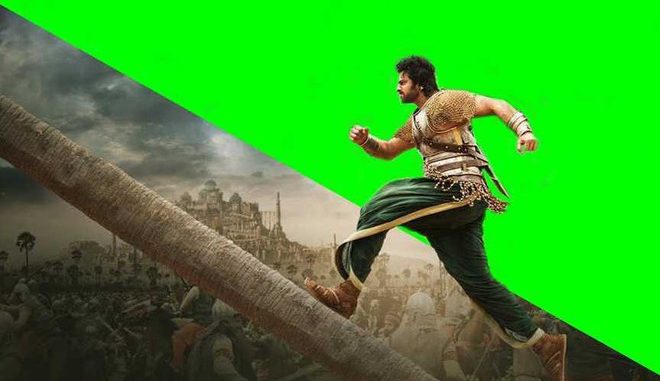
In today’s entertainment landscape, from jaw- dropping movie sequences to hyperactive-realistic video games and immersive virtual reality experiences, Visual Effects (VFX) play a vital role. But what exactly is VFX, and how does it turn imagination into cinematic gold? Let’s plunge into the mesmerizing world of digital visions.
What’s VFX?
Visual Effects (VFX) involve the integration of computer- generated imagery (CGI) with live- action footage to create atmospheres, creatures, objects, and goods that would be precious, dangerous, or simply insolvable to capture on camera. Think of dragons in Game of Thrones, the shrinking universe of Ant- Man, or entire alien worlds in Avatar all made possible by VFX.
The Evolution of VFX
VFX has come a long way since the early days of film. From practical effects in King Kong (1933) to the revolutionary CGI of Jurassic Park (1993), each decade has brought groundbreaking advancements. Today, VFX artists use important software like Houdini, Nuke, Maya, and fantastic Machine to create mind- bending visuals that blur the line between reality and fiction.
crucial Types of VFX
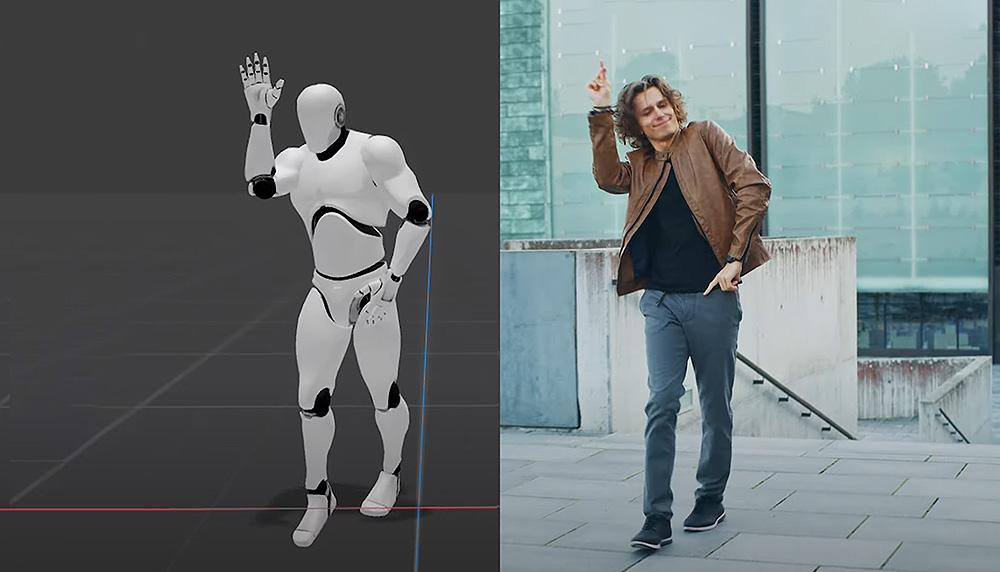
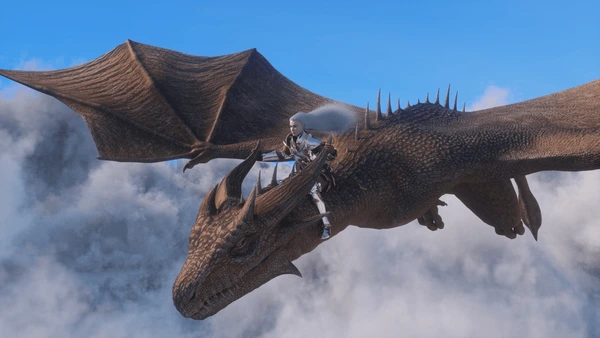
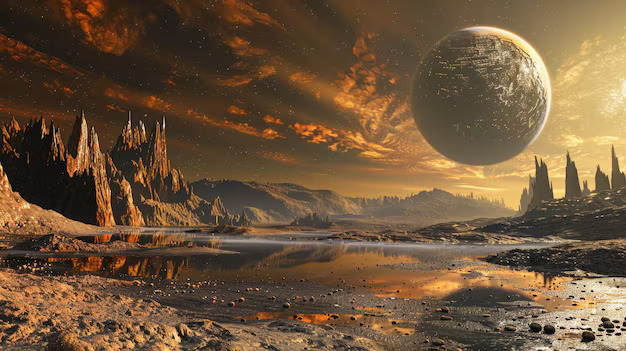
- CGI (Computer- Generated Imagery) Entirely digital elements added to a scene — like creatures, vehicles, or buildings.
- Compositing The art of blending multiple rudiments from different sources into a flawless image or scene.
- Movement Capture (MoCap) Capturing an actor’s movements and mapping them onto a digital character. habituated extensively in games and flicks like The Lord of the Rings.
- Green Screen Chroma Keying Replacing a solid- multicolour background( generally green) with a digital atmosphere.
- Matte canvas Digitally painted or generated backgrounds used to extend or create atmospheres.
The part of a VFX Artist
VFX is a cooperative field involving several specialists’ compositors, modelers, animators, lighting artists, and FX TDs (Specialized Directors). While some work in large studios on blockbuster flicks, others contribute to indie systems, advertisements, or videotape games. Creativity, technical prowess, and attention to detail are essential skills.
Challenges in VFX
Despite its glamour, the VFX assiduity faces challenges such as long hours, tight deadlines, and underappreciation in award circuits. Artists frequently struggle for recognition despite being the unnoticeable backbone of ultramodern moviemaking.
The Future of VFX
With real- time rendering, AI- supported workflows, and virtual production tools like those used in The Mandalorian, the future of VFX is briskly, smarter, and more immersive than ever. As technology evolves, so will the way stories are told — and VFX will be at the heart of that evolution.

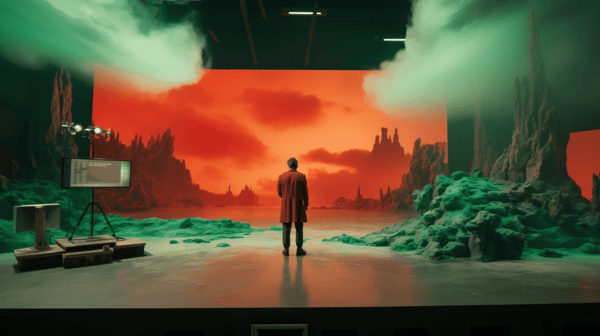
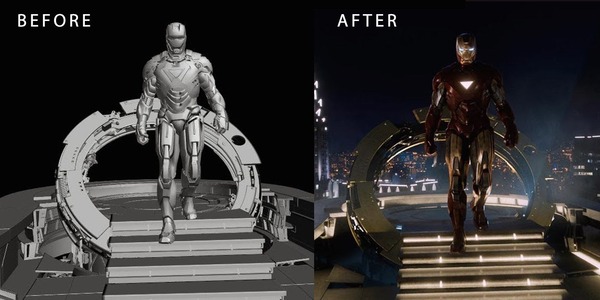
Conclusion
VFX is where art meets science. It’s the silent magician behind your favorite pictures and games, constantly pushing the boundaries of what is possible on screen. As storytelling grows further ambitious, VFX will continue to shape the visual language of our imagination.
-Written by Sanhita Dawn

Leave a Reply